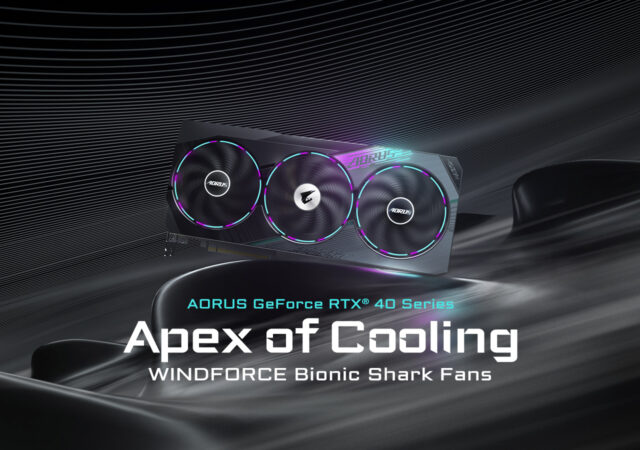GIGABYTE introduces their new solutions for NVIDIA’s latest GeForce RTX 4090 GPUs with WINDFORCE custom cooling.
NVIDIA’s GeForce RTX 40 Series Ushers in the New Era of Ray Tracing and Neural Rendering
NVIDIA introduces their latest Ada Lovelace architecture with 4nm transistors in the new GeForce RTX 40 series GPUs.




